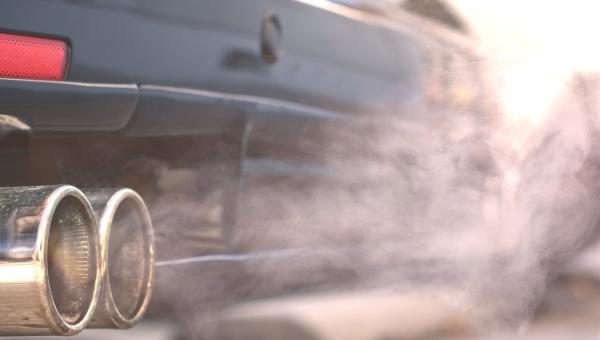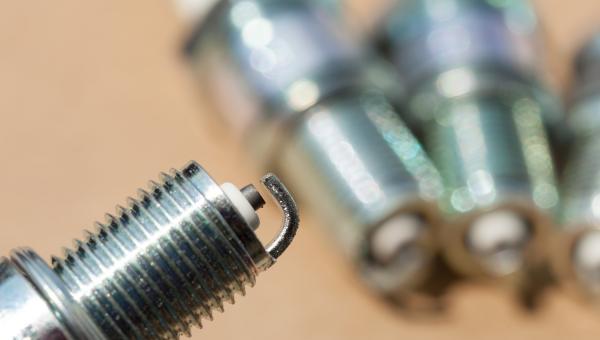Test Drive Notes Library
-
 Pros
Pros
- Mazdas are good. Mazda has proven in recent years that they know how to build stylish vehicles with excellent road dynamics and classy interiors. After taking on the Audi Q5 with the smaller CX-5, Mazda now takes on the Subaru Outback with the slightly longer and wider, raised-wagon version of the CX-5 called the CX-50. If you find the Outback a little too soft, or a little too 2010-y on the inside, the CX-50 is worth a look.
- Great size. The XC-50 is a few inches smaller in every direction than the Outback, which is a good size. It’s substantial without being bloated. It’s off-roady without being so high off the ground as to require a running start or a step ladder. It has good rear seat room and ample cargo space in the back, even with the rear seats in place. It’s also wide enough to feel more spacious inside than the smaller CX-5, but is completely manageable in traffic and parking lots. It’s kind of a Goldilocks size and height.
- European handling. Mazda excels at driving dynamics. The CX-50 feels like it could be a German car, with heavy, but precise steering, and superb tracking. Where the Outback emphasizes ride comfort and softness, the CX-50 is downright Germanic. Despite being a raised wagon, the CX-50 has a sports-sedan flavor. The CX-50 is great on the highway — tracking perfectly and easy to drive all day.
- Powerful. There are two engine options on the CX-50. The base engine is a 2.5 liter, 187 hp four cylinder. The upgrade, which we drove, is the same size engine with a turbo, producing 256 hp with premium fuel, 227 hp with regular 87 octane. We found it more than enough to make the CX-50 feel zippy under all conditions, and the option of using 87 octane fuel while gasoline is $5 a gallon feels like a luxury. Mazda uses a rather modest (these days) six speed automatic transmission, but it works very well. All wheel drive is standard on all CX-50s.
- Exterior styling. We think the CX-50 looks great. Mazda gave it an athletic look without going overboard. Subaru uses lots of plastic cladding to “toughen up” the Outback. Mazda uses a clean, broad shouldered design.
- Interior styling. The inside of the CX-50 — at least in our top level Premium Plus trim— is really well done. It’s both uncluttered and high end, with good quality materials and a modern, upscale feel. The CX-50 is up to date in every way, with a head up display, wireless charging, and a large, horizontally oriented screen well-placed, high up in the center console. It’s very reminiscent of BMW’s iDrive system, both in look and in operation, with the rotary controller between the seats.
-
 Cons
Cons
- Hard ride. The trade off for the good handling, in this case, is an extremely firm ride. We drove the CX-50 turbo model, which comes with 20-inch wheels and low profile, 45 aspect ratio tires. That really hurts the ride, which we found downright unpleasant on uneven roads. The non-turbo CX-50s come with 17 inch wheels and 65 aspect ratio tires. That probably improves the ride quite a bit. But as far as we can tell, you can’t get the smaller wheels with the upgraded engine. So you have to choose; horsepower or comfort. I think we’d choose comfort. As much as we liked the handling of the CX-50 we drove, the ride quality on uneven pavement made it fatiguing.
- Hard seat bottoms. It didn’t help that the front seats lacked bottom cushioning — if you catch our drift. The seat bottoms felt hard, and exacerbated the firm ride on rougher roadways.
- No touch screen. While BMW’s iDrive evolved to allow users to use the rotary dial or operate the display as a touch-screen, Mazda sticks with the rotary controller only. There were times when it would have been much faster just to tap something, rather than to scroll through the options.
Test Drive Notes Library
Get the Car Talk Newsletter
 Pros
Pros Cons
Cons


